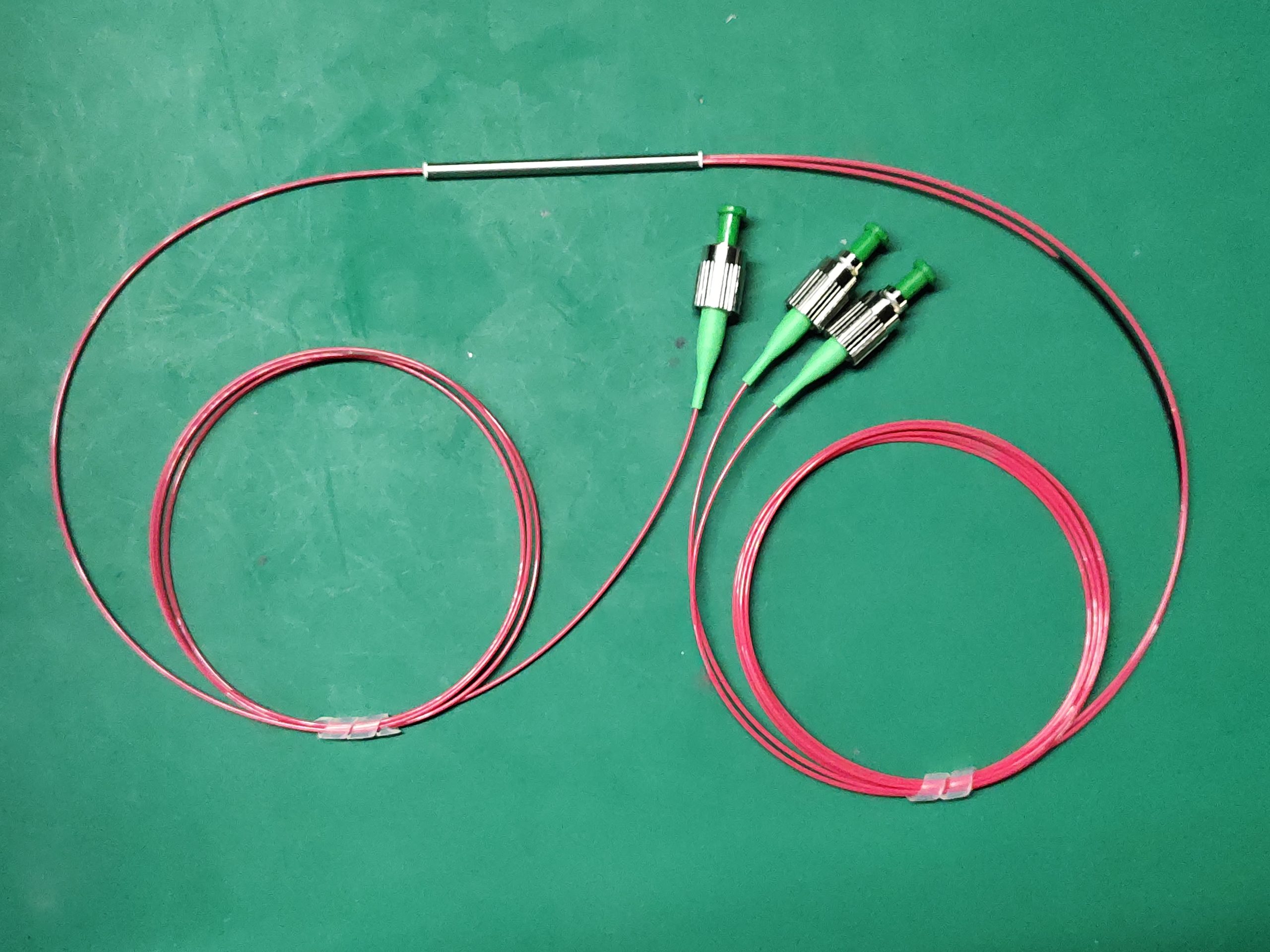Fiber Optic Couplers: Unlocking the “Light-Speed Engine” of Next-Generation Communication
Fused biconical taper (FBT) optical splitter is made by bringing two (or more) uncoated optical fibers together in a specific manner, melting them under high temperature, and simultaneously stretching them to both sides. This results in a special waveguide structure in the heated area, forming a biconical shape. By controlling the angle of fiber twist and the length of stretching, different splitting ratios can be obtained. Finally, the tapered area is cured with adhesive onto a quartz substrate and inserted into a stainless steel tube. This is the optical splitter.
I. Fused Biconical Taper Technology:
In the fabrication of large-core optical fibers for FBT couplers, the coatings of two or more large-core optical fibers are first removed, and then they are wound together in a specific way. Subsequently, the fibers are gradually melted by high temperature and simultaneously stretched to both sides, ultimately forming a special waveguide structure in the heated area, forming a biconical shape.
II. Splitting Principle:
At the input end, one or more fibers are retained as the input end of the coupler, while the other end serves as the output end. After the optical signal enters the optical fiber at the input end, coupling occurs when it passes through the biconical region. Part of the optical signal is distributed to other output fibers, thus achieving optical signal distribution or combination.
III. Application Scenarios:
1. Fiber Lasers
In fiber lasers, FBT couplers are used to couple pump light and signal light, effectively coupling the pump light into the gain fiber to excite the gain medium and generate laser light. Simultaneously, FBT couplers can also be used for output coupling of the laser, coupling the laser light out of the gain fiber.
2. Passive Optical Networks (PONs)
FBT couplers are widely used in passive optical networks to distribute optical signal power at various coupling ratios. By customizing port configurations (e.g., 1×2, 2×2, 1×3, and 3×3) and coupling ratios (e.g., 1:99, 50:50, etc.), the optical signal distribution requirements in PON networks can be flexibly met.
Xionghua Photoelectric provides full-wave couplers, dual-window couplers, multimode couplers, polarization-maintaining couplers, and high-power couplers.

Comments are closed